Want More?
Sign Up for updates straight to your inbox! Woohoo!
When it comes to swimming and snorkelling diving fins are helpful. When it comes to scuba diving they are essential.
You see the main purpose of diving fins is to provide a larger surface area which makes it easier and more efficient for us to move through the water. However when we are carrying heavy gear, trying to reach great depths and even fighting against strong current this extra power and efficiency is no longer an added bonus. It is a necessity. Ask any diver who has ever jumped in the water without their fins!
Yet with all the different styles, shapes and materials to choose from it can be hard to know where to start. Especially when we consider that the wrong pair will have a massive impact on our performance and in turn air consumption.
So in this simple guide we are going to run through the choices for you so that you can find the perfect pair of fins to suit your diving style the first time.
Disclosure: Some of the links in this post are affiliate links. This means if you go through them to make a purchase we will earn a commission. Our aim is to help our readers through these links so everything we promote will be high quality products we personally believe in.
The first choice we need to make when it comes to diving fins is the style. Luckily modern scuba fins come in two main styles: full-foot and open-heel adjustable. So the choice should be relatively straightforward.

Full foot diving fins feature a fully built in foot pocket.
This gives the advantage of a much more personal fit and makes them a lot easier to put on. However also means there is not the option to wear additional thermal or abrasion protection. Neoprene socks can sometimes be worn in between however this needs to be considered when trying on your sizes. For this reason they are mainly a warm water diving fin.
Additionally as the material needs to be more flexible these fins also tend to have smaller, less powerful blades. However this makes them a popular design for free-diving and snorkelling where flexibility is more advantageous than strength.
Due to this full foot fins also tend to be lighter and therefore friendlier on your baggage allowance (and back) when you are constantly moving from place to place.

Open heel adjustable diving fins cost and weigh slightly more but are the most popular choice among scuba divers mostly due to their versatility.
In this design the foot pocket is relatively large and left open at the back with a strap or spring to keep your foot in place. As they only come in basic sizes like S, M, L & XL this does mean you will have to purchase boots to wear alongside them.
This may seem like a disadvantage however in reality having the extra thermal and abrasion protection from boots can be far more comfortable than having the rubber directly against your skin like in full foot diving fins. It also means they are much better suited for those doing cold water and shore diving as well as diving from boats and in warm water.
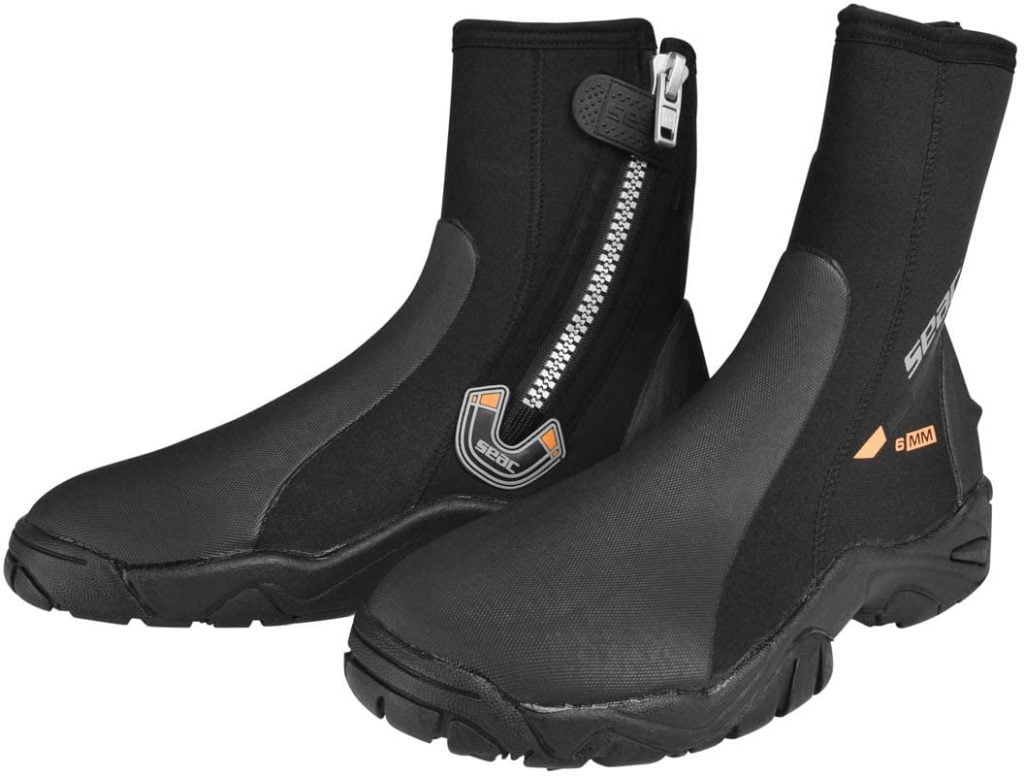
Just as the full foot diving fins are more flexible and less powerful the open-heel diving fins are the opposite. As the material doesn’t need to mould around the foot the design can be much more powerful and efficient.
If you decide to go down the open-heel adjustable route then there is another choice you will need to make. In fact it’s the whole reason we can call them ‘adjustable’ and that’s the strap.
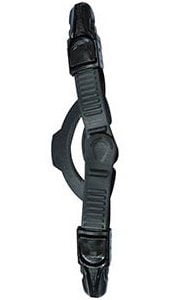
These are adjusted notch by notch around the foot until tight, usually by pulling on the strap on one side. To take them off you can either unclip a buckle or loosen the strap. If you use the buckles you should only have to adjust the strap once. *It is a good idea to carry a spare strap as they can sometimes break.

Thick springs on a bar can be pulled around your heel to keep you foot in the fin. They have the advantage of requiring no adjustment and even tighten themselves as you defend and your exposure suit may compress.being pretty much indestructible as metal wears a lot slower than rubber. The first spring fins came out in the 1970s and has had on and off success up until 2000 when they became very popular with tech divers. You can buy some fins with built in spring heels however if you prefer the design and fit of a fin without sting heels in most cases you will be able to replace the standard rubber strap with spring heels.
Once you have decided on the style of fin you want the next thing to consider is shape. As is often the case you’ll find more options in the open-heel, adjustable models than in full-foot diving fins.
Before we get into it here are a few words you should know:
Ribs = Usually located on the edges to stabilise the blade. They also guide water straight back along the fin so it contributes to forward motion instead of wasted energy.
Channels = Guide water much like ribs but more effectively. On the downward kick channels allow the blade to curve into a u-shape sending the water straight back along the fin.
Vents = Let water through the fin to minimise wasted energy from the top of the fin which tends to push water forward rather than back. Depending on what kind of vents you have it may help reduce effort needed for the upstroke (common in stiffer fins ) or downstroke.
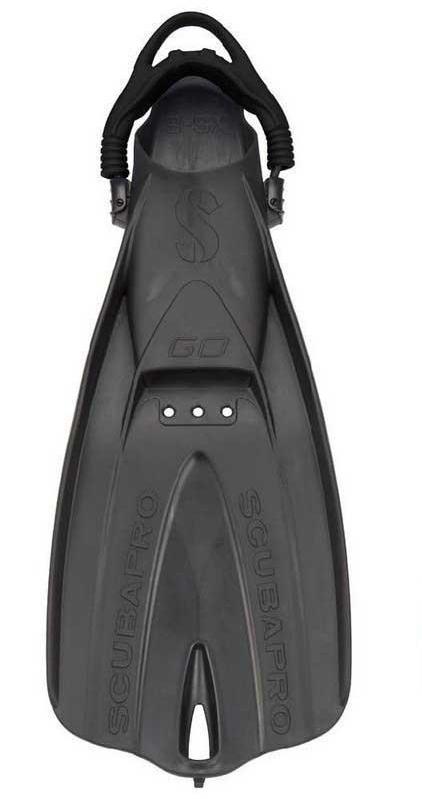
This is the most common design of blade and looks pretty much the same on the outside as they did 50 years ago. The blades main feature is that it’s relatively stiff. This means they need a bit of effort to kick with but provides good power. Channels help to direct water along the fin and helps transfer power that has little effect on propulsion. In a normal design the blade also surrounds the foot pocket however new modified paddle blades cut in close to the foot which reduced effort on the upward kick.
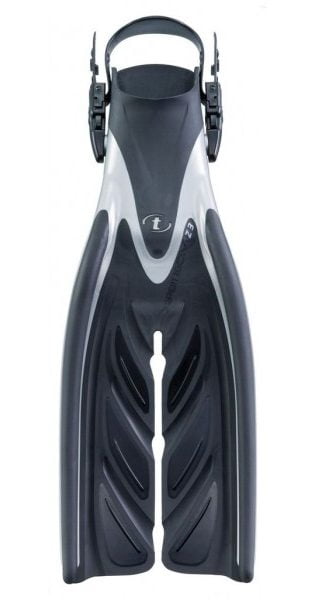
This design is relatively new and based around the function of a fish or whale tail. Having a split down the centre of the blade enables it to be very flexible. This flexibility creates a a water like vortex more like a propeller than a paddle. They require much less eg muscle to create the same kind of speed as a paddle blade. Some manufacturers even claim they can improve dive times as much as 40% due to not having to use as much effort which lowers breathing rates. Although they are good for speed the design is not powerful. This means they are not well suited to strong currents and are also not as manoeuvrable with anything other than a flutter kick which is also not a good kicking style for muck or wreck diving as it stirs silt and reduces visibility.
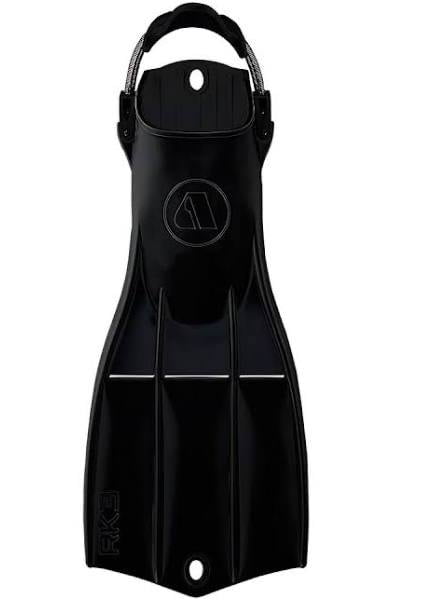
Due to their simple and durable design, which gives them low risk to equipment failure they are a popular choice for technical, rescue and military divers. They also offer a lot of power but tend to need more effort to use. They are also heavier which may not work well for some recreational divers and also makes them harder to travel with. Although in the past they have been relatively unfashionable, more colours are now being brought onto the market.
Although the style and shape of different diving fins can have a massive impact on your diving there are also a few bits and pieces that may influence your decision.
If you have an idea of the kind of diving you are and would like to do this makes choosing a diving fin a lot less daunting.
While warm water recreational divers can pretty much dive in every fin style and shape, those diving in cold waters or who will be carrying lots of equipment for example photographers and technical divers may need to consider the benefits of having a heavier, more powerful design.
When thinking about the kind of diving you are doing also consider what you may be into in the future.
Most fins require very little maintenance compared to other scuba gear. That being said if you choose a design with parts that could break or get lost you need to consider how this would impact you. Especially if you do a lot of remote diving.
One way to overcome this is to pack spares in your save a dive kit.

Comfort before colour. Always.
That being said there are a few things to think about before committing to your colour.
Firstly, since fins occupy a lot of surface area they are one of the most noticeable things about a diver. This can mean having a vibrant or distinct pattern make you easy to spot underwater. Especially if you opt for bright colours and neons (remember reds fade as you go deeper). This is great in regards to safety and also makes your buddy’s life a lot easier.
However one instance where being noticeable may not be a good thing is when it comes to diving with sharks. They find bright colours, particularly white and yellow, very attractive.
Secondly lighter/brighter coloured fins tend to show their age a lot more than your standard black. Just like with masks mould is inevitable and if you think having it show up on your scuba fins will irritate you then you might want to rethink your choices.
When searching for the perfect pair of diving fins the different options may seem a little daunting. However when it all comes down to it the most important question to ask yourself is ‘am I comfortable?’.
Although you may like the look and design of powerful fins in reality if you have weak muscles or joints this may make diving a very uncomfortable and even painful expierince.
Thankfully a lot of shops understand this and will let you try the fins before committing to them. Alternatively you could find dive shop or ask a friend who has the model you are interested in them if you could take them for a dive.
After that its all up to you!
If you have any advice you think could help when it comes to choosing your fins, please love a comment below.
Sign Up for updates straight to your inbox! Woohoo!